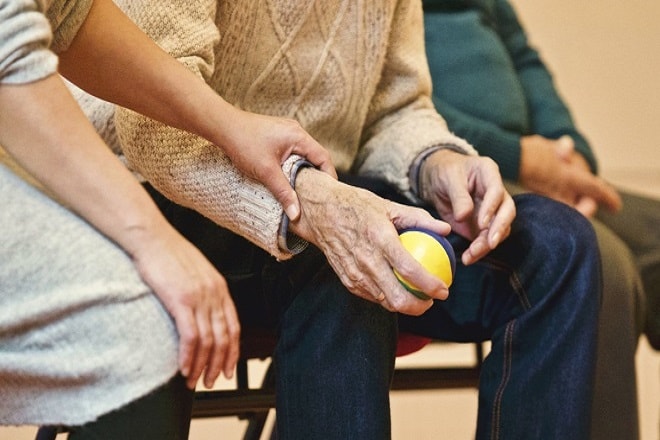Understanding Approaches to Managing Parkinson's Disease At Home
Living with Parkinson's disease presents unique challenges, but many effective strategies can help manage symptoms and improve quality of life at home. Understanding these approaches is crucial for both patients and caregivers, as they complement medical treatments and can enhance daily functioning and independence.

What Are the Early Signs of Parkinson’s Disease?
Recognizing early signs of Parkinson’s disease is crucial for timely intervention. Common symptoms include tremors, particularly in hands while at rest, slowness of movement (bradykinesia), muscle stiffness, and balance problems. Other early indicators may include changes in handwriting, reduced facial expressions, and sleep disturbances. These symptoms often begin gradually and may initially affect only one side of the body.
How Can Exercise Help Manage Parkinson’s at Home?
Regular physical activity plays a vital role in managing Parkinson’s disease at home. Exercise helps maintain mobility, balance, and muscle strength. Beneficial activities include walking, swimming, tai chi, and specific exercises designed for Parkinson’s patients. Creating a dedicated exercise space at home and establishing a consistent routine can make physical activity more accessible and sustainable.
What Daily Living Modifications Support Better Management?
Simple home modifications can significantly improve safety and independence. Installing handrails in bathrooms and hallways, removing trip hazards like loose rugs, and reorganizing frequently used items for easy access are essential steps. Using adaptive equipment such as button hooks, weighted utensils, and grab bars can help maintain independence in daily activities.
Which Dietary Approaches Support Parkinson’s Management?
Proper nutrition plays a crucial role in managing Parkinson’s symptoms at home. A balanced diet rich in fiber, whole grains, fruits, vegetables, and lean proteins can help maintain overall health. Timing meals around medication schedules is important, as protein can interfere with levodopa absorption. Staying well-hydrated and maintaining regular meal times also helps manage symptoms effectively.
What Support Systems Can Be Established at Home?
Creating a robust support system is essential for managing Parkinson’s disease at home. This includes organizing regular check-ins with family members, setting up telemedicine appointments, and connecting with local support groups. Technology solutions like medication reminders, emergency alert systems, and communication tools can enhance safety and provide peace of mind.
What Professional Home Care Services Are Available?
Professional support services can complement home management strategies for Parkinson’s disease.
| Service Type | Provider Type | Typical Services Offered |
|---|---|---|
| Home Health Care | Licensed agencies | Medical care, therapy services |
| Personal Care | Certified caregivers | ADL assistance, companionship |
| Physical Therapy | Licensed therapists | Exercise programs, mobility training |
| Occupational Therapy | Licensed OTs | Daily living skills, home modifications |
Prices, rates, or cost estimates mentioned in this article are based on the latest available information but may change over time. Independent research is advised before making financial decisions.
Managing Parkinson’s disease at home requires a comprehensive approach combining physical activity, environmental modifications, proper nutrition, and strong support systems. While challenges exist, implementing these strategies can help maintain independence and quality of life. Regular consultation with healthcare providers ensures these home management approaches align with overall treatment goals.
This article is for informational purposes only and should not be considered medical advice. Please consult a qualified healthcare professional for personalized guidance and treatment.




